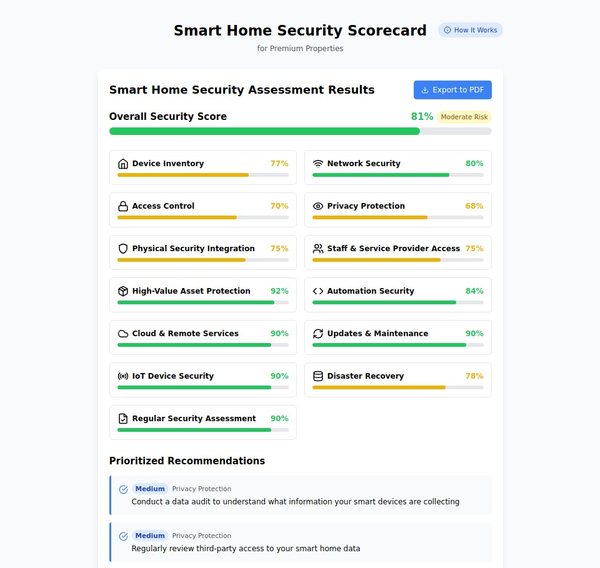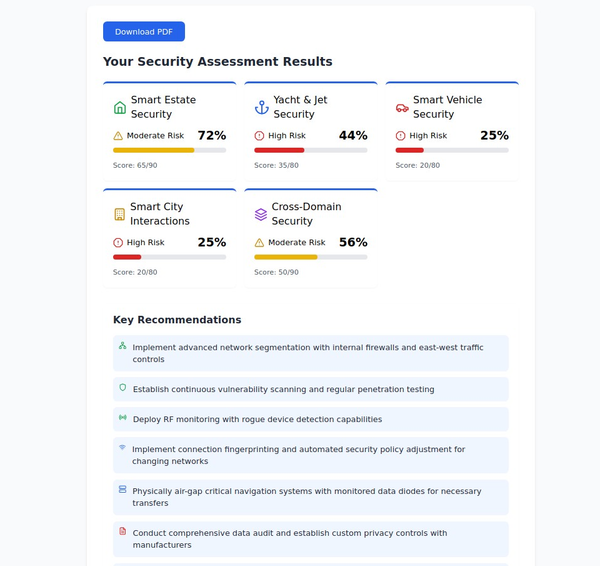Choosing the Right Smart Home Security System for Your Needs

Guide readers through the process of selecting a suitable smart home security system. Discuss factors to consider, such as budget, scalability, integration capabilities, and professional monitoring options.
Introduction: Selecting the right smart home security system is essential for safeguarding your home and providing peace of mind. With the multitude of options available in the market, it can be overwhelming to determine which system best suits your specific needs. In this comprehensive guide, we will walk you through the factors to consider and the key features to look for when choosing a smart home security system tailored to your requirements.
- Assess Your Security Needs: a. Evaluate Vulnerabilities: Start by assessing the security vulnerabilities of your home, such as entry points, valuable assets, and specific concerns you want to address.
b. Identify Priorities: Determine your priorities, whether it's monitoring indoor and outdoor areas, securing entry points, integrating with other smart devices, or having professional monitoring services.
Consider Essential Features:
a. Centralized Hub: Determine if you prefer a centralized hub to control and manage your smart home security system or if you prefer decentralized options with individual device control.
b. Cameras and Video Monitoring: Decide on the number of cameras you need, whether you require indoor and outdoor surveillance, and consider features like video resolution, night vision, and motion detection.
c. Access Control: Assess if you require features like smart locks, keyless entry, or door/window sensors to enhance access control and detect unauthorized entry.
d. Alarm Systems: Determine if you want an audible alarm system or if silent alarms and mobile notifications will suffice. Consider features like sirens, alarm triggers, and customizable settings.
e. Environmental Monitoring: Evaluate if you need environmental sensors to detect smoke, carbon monoxide, or water leaks, providing early warnings and enhancing safety.
f. Integration with Smart Devices: Consider if you want your smart home security system to integrate with other devices like smart lights, thermostats, or voice assistants for enhanced automation and convenience.
Professional Monitoring and Response:
a. Assess Monitoring Options: Decide if you prefer self-monitoring or professional monitoring services. Professional monitoring involves a dedicated team monitoring your security system and initiating appropriate response measures when alarms are triggered.
b. Response Time: Inquire about the average response time of the monitoring service provider to ensure prompt action in case of emergencies.
c. Service Contracts and Costs: Review service contracts, subscription plans, and associated costs, including any additional fees for professional monitoring services.
Scalability and Expandability:
a. Future Expansion: Consider if the smart home security system allows for future expansion and integration with additional devices or if it is limited to a specific set of components.
b. Compatibility: Ensure that the system is compatible with other smart devices and platforms you currently use or plan to incorporate into your smart home ecosystem.
c. Upgradability: Check if the system allows for firmware updates and software upgrades to benefit from new features, performance improvements, and security enhancements.
User-Friendly Interface and Mobile App:
a. User Experience: Evaluate the user interface and mobile app of the smart home security system to ensure ease of use, intuitive navigation, and convenient control of the system.
b. Mobile Alerts and Remote Access: Verify that the mobile app provides real-time alerts, remote access to system controls, and the ability to view live feeds and recorded footage.
c. Customization and Automation: Look for customization options and automation features within the app, such as setting schedules, creating customized rules, and receiving personalized notifications.
Security and Privacy Considerations:
a. Data Protection: Inquire about the security measures implemented by the smart home security system provider to protect your data and ensure encryption of communication channels.
b. Privacy Controls: Review the privacy policy of the system provider, ensuring they have strong privacy controls and that they do not share or sell user data to third parties.
c. Device Security: Verify the security features implemented by the devices themselves, such as secure authentication, encrypted data storage, and protection against unauthorized access.
Conclusion: Choosing the right smart home security system requires careful consideration of your security needs, essential features, monitoring options, scalability, user-friendliness, and security and privacy considerations. By evaluating these factors and conducting thorough research on available options, you can make an informed decision that aligns with your requirements and provides optimal protection for your home and loved ones. Investing in a reliable and suitable smart home security system is a valuable step towards creating a secure and connected living environment.





